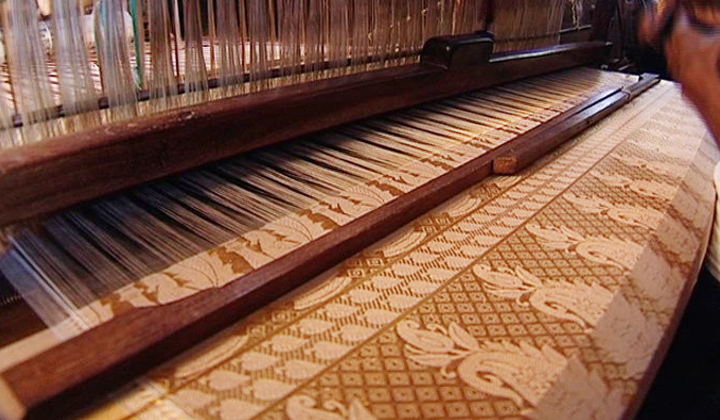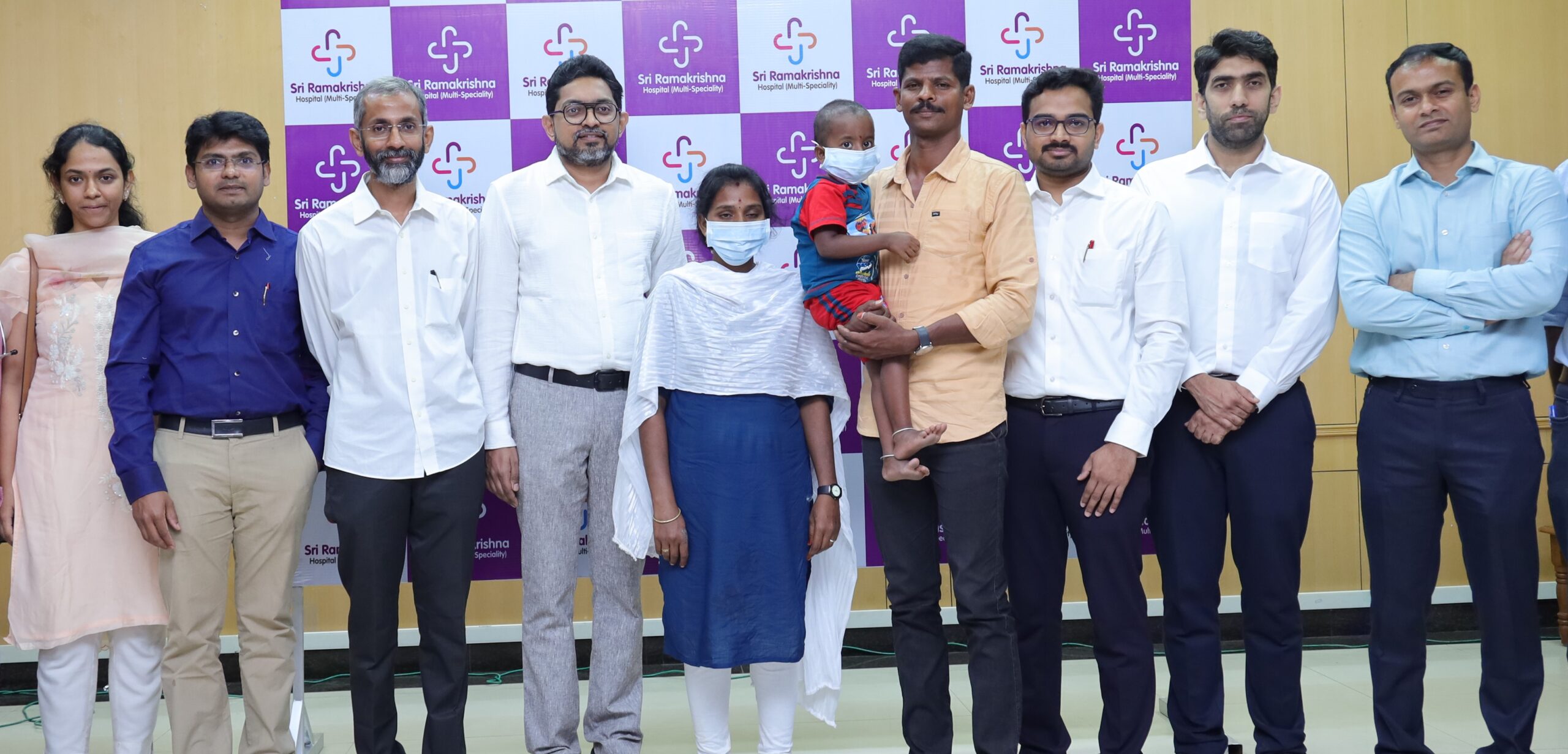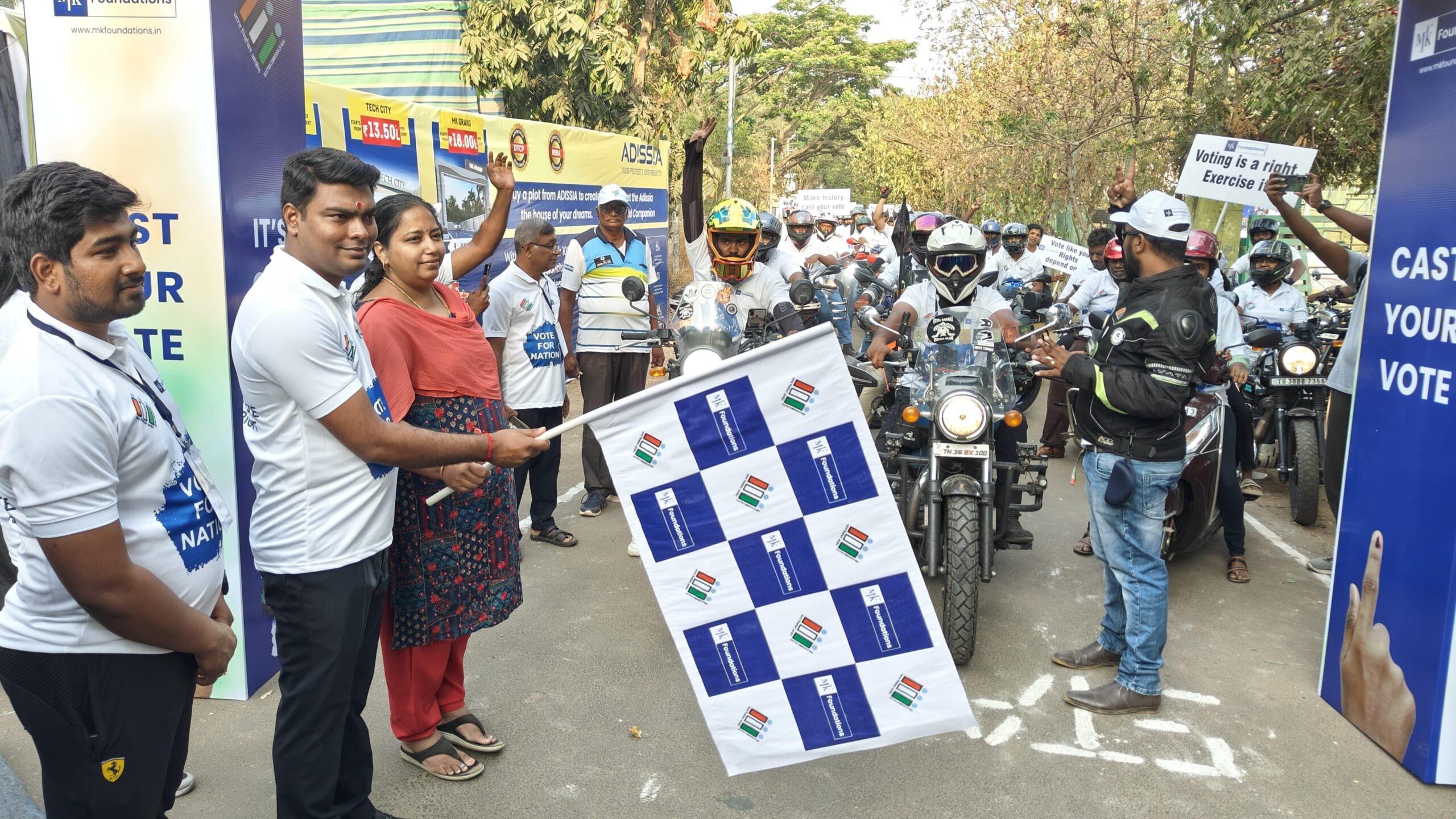Trending Now
- 830 voters names go missing in Kavundampalayam constituency
- If BJP comes to power we shall consider bringing back electoral bonds: Nirmala Sitaraman
- Monitoring at check posts between Kerala and TN intensified as bird flu gets virulent in Kerala
Coimbatore
The looming gloom – will the heirloom stand the test of time?
![]() August 8, 2016
August 8, 2016
One has to wait and see if the central government’s new handloom drive on the social media can pick up the threads to revive the ancestral occupation.Union Textile Minister Smriti Irani’s brainchild #IWearHandloom campaign could be perhaps the most visible initiative that has started taking the baby steps towards sprucing up India’s weaving class, which is being fast pushed into oblivion.
The Covai Post spoke to weavers who agree on one thing – the new generation is not ready to hold the warp threads any more.“The third generation of the weaver families is educated and has left the villages in search of jobs,” said Saaminathan from Sirumuhai, which houses about 5,000 weavers.
Weaving involves cotton, cora cotton and silk, of which silk yielding the highest wage, with individuals and companies providing the yarn to the weaver. The weaver’s investment is time, hard work and the handloom, or more aptly, the heirloom.
“Weaving a silk sari takes about two days, and a lot depends on the design, and the wage earned is about Rs1,500,” said Saaminathan, who has grown in the village hearing the rattle of the loom, and which is now being gradually hushed down by an attitudinal change.
Only during wedding seasons the silk weaver is able to earn a substantial income, with cotton not generating much money, he said.“A weaver is profitably engaged for just seven to eight months in a year.”
“Weaving cotton and silk takes the same amount of time, but with a gaping difference in wage,” said Ashok from Annur.“A sari takes about 16 hours to weave, or about three hours less depending on the design intricacies.”
Weaving is a collaborative venture between a husband and a wife, and between the two, a sum of Rs1,000 can be earned in a day if they set about to work from 6am to 10pm, Ashok said.
Also, it will take a toll on the health of the weaver, who has to work without a break the whole month to make a decent living.“Who wants to do this today,” he queries.
“Weaving does not appeal any more to the younger generation, who even if not too ambitious are quite happy working at a textile mill from 8am to 6.30pm for Rs400 per day,” Ashok said.
A social fallout is no girl’s family is willing to seek alliance from a weaver’s family as they don’t see it as a stable occupation, another reason why looms are falling silent.
The weaver is not in poverty, but at the same time his lifestyle has not improved, he said.
A basic power loom costs about one lakh rupees, which all weavers cannot invest in, and most of them do not know if there is any government help to procure these machines, he said.
Besides, the wage he gets to weave cloth through a powerloom is Rs350 as against Rs1,000 on an average for handloom. So even if he weaves four saris, his income doesn’t greatly change.
Additionally, he has to handle power bills and maintenance.“A practical problem is if all the weavers in their thousands go for machines in the village, the noise will become unbearable,” he said with a laugh.
According to him, 85 per cent of the weaving class has opted for other occupations, and in about 20 years, a scattered five per cent only will be there to represent this class.
Vanathy Srinivasan, general secretary Tamil Nadu BJP, said the market for handloom clothing must be expanded to make the trade more lucrative and appealing, and campaigns such as IWearHandloom will go a long way in generating awareness among the public about ‘why handloom’.
“We have to simply give a 10 per cent share to handloom clothing in our wardrobe, to contribute to the revival initiative.”The new campaign aims at serving as a movement rather than laws, which may not be quite visible to the public, she said.
Suresh Kumar, regional manager, Co-optex, said, “We do our bit to market the handwoven clothing, and have initiated many novel ways to expand sales.”
According to him handwoven cloths, especially saris, have a long life and can breathe, absorbing sweat, unlike machine-made cloth, which is so closely woven.
“Handwoven clothing may be slightly costlier, but there is no dearth of demand for it.”
We have introduced organic saris and material for kurtis, salwar kameez and tops targeting the younger generation, he said.The dignity and appeal for hereditary occupations such as weaving has to be restored, if we are not ready to lose a piece of history.























